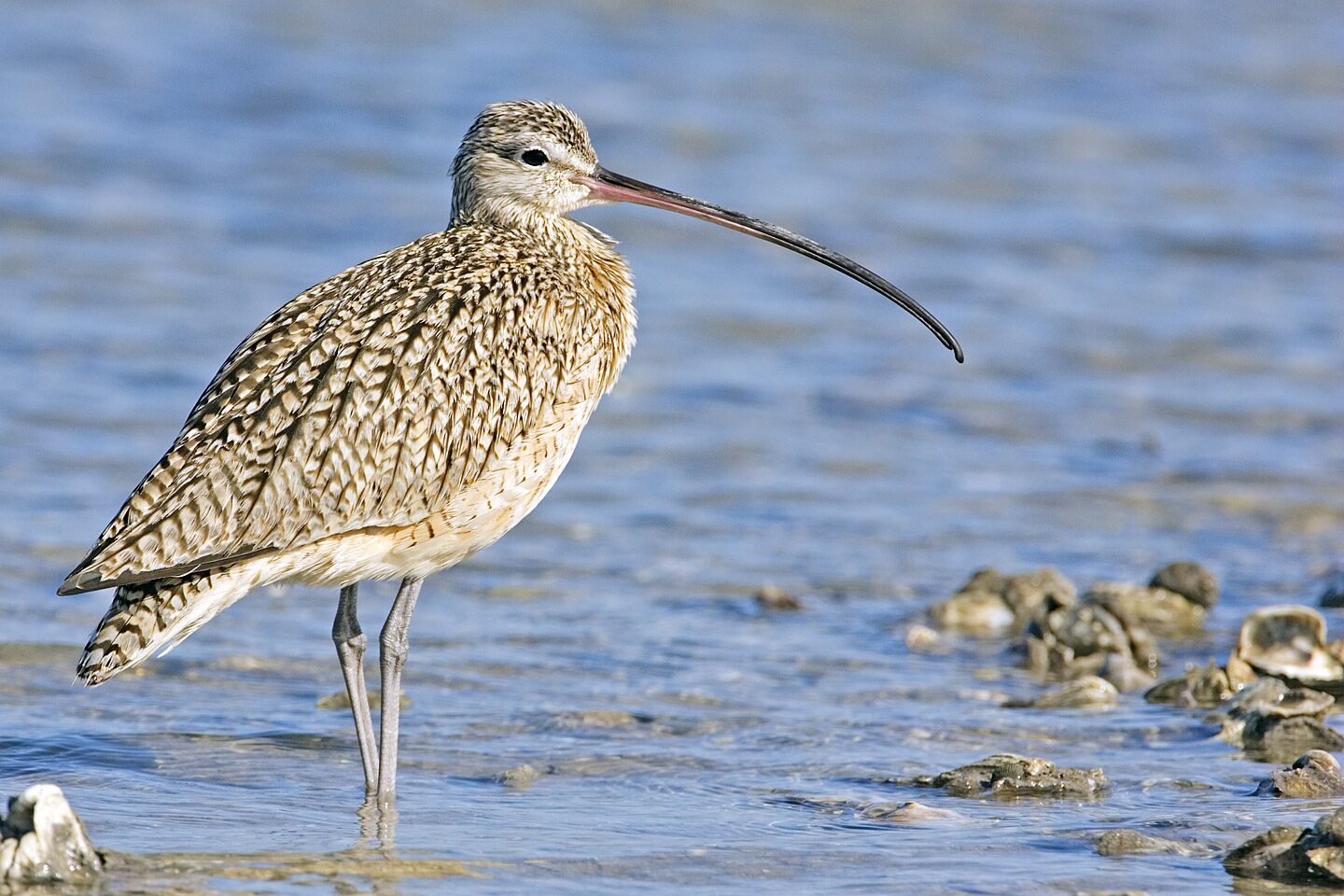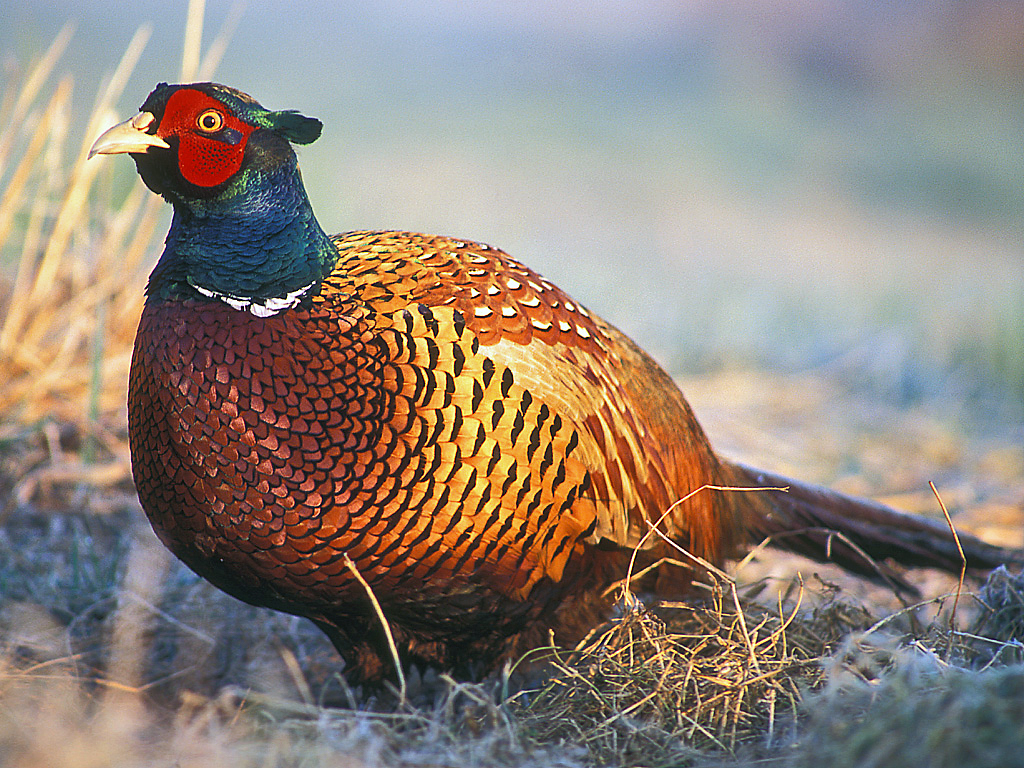 Curlews, the beloved and iconic wetland bird mentioned in Piers Plowman in 1377, are on the edge of extinction and, believe it or not, merited a 10 Downing Street “curlew summit” on 8 July To find out why, we need to look at invasive species.
Curlews, the beloved and iconic wetland bird mentioned in Piers Plowman in 1377, are on the edge of extinction and, believe it or not, merited a 10 Downing Street “curlew summit” on 8 July To find out why, we need to look at invasive species.
Invasive species can be plants or animals, but let us stay with animals where we have seen these effects for a very long time, invariably for commercial reasons. The demise of woodlands on our moors, such that most have become treeless and almost devoid of wildlife, can be traced to the introduction of sheep – dismissively described by George Monbiot as “Mesopotamian ruminants”, for sheep are not native to the UK. The South American coypu was introduced to fur farms in 1929; but many escaped when a farm went bankrupt and they have wreaked havoc in the Norfolk Broads, destroying the fragile banks of rivers and chomping their way through reed-beds.
Grey squirrels, introduced to the UK from eastern America in the 1870s as a fashion accessory for farms have gone on to almost completely displace native red squirrels. Japanese pacific oysters were first commercially cultivated in the UK in the 1960s but escaped (possibly also across the Channel from France) and have colonised rivers and estuaries here ever since. You cannot now walk on one of the Yealm’s main beaches because it is completely covered with a sharp and hazardous reef of pacific oysters.
You might not consider salmon to be an invasive species but, over the years, so many salmon have escaped from Scottish salmon farms that the seal population has grown out of control and become a real threat to other kinds of fish (and fishing).
We are getting closer to the curlew puzzle. Curlews are long-lived birds – some live to up to 30 years – but, although breeding pairs are still laying eggs and producing brood, few young are surviving. It seems that the problem is likely to be pheasants, a bird from Georgia and Armenia introduced to the UK by the Romans, but reared here in large numbers since 1850 for commercial shoots. It is estimated now that about 43 million reared pheasants are released each year, of which only about 13 million are shot. So what has happened to the rest? They have become food for predators, like buzzards, crows and foxes, which have thrived and increased hugely in numbers in pheasant and grouse-rearing areas – and are eating all the curlew chicks as well.
– some live to up to 30 years – but, although breeding pairs are still laying eggs and producing brood, few young are surviving. It seems that the problem is likely to be pheasants, a bird from Georgia and Armenia introduced to the UK by the Romans, but reared here in large numbers since 1850 for commercial shoots. It is estimated now that about 43 million reared pheasants are released each year, of which only about 13 million are shot. So what has happened to the rest? They have become food for predators, like buzzards, crows and foxes, which have thrived and increased hugely in numbers in pheasant and grouse-rearing areas – and are eating all the curlew chicks as well.
Comments are closed, but trackbacks and pingbacks are open.